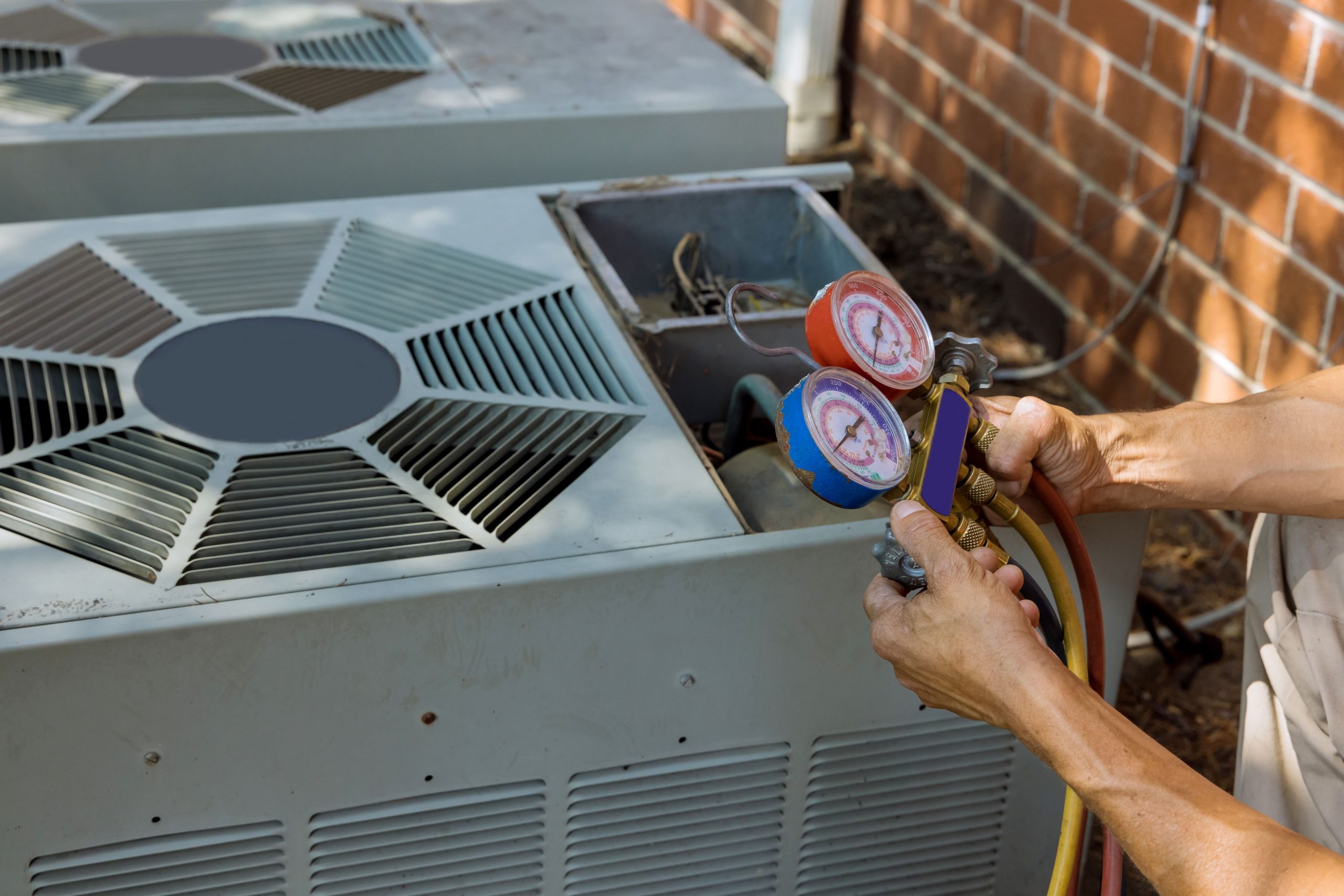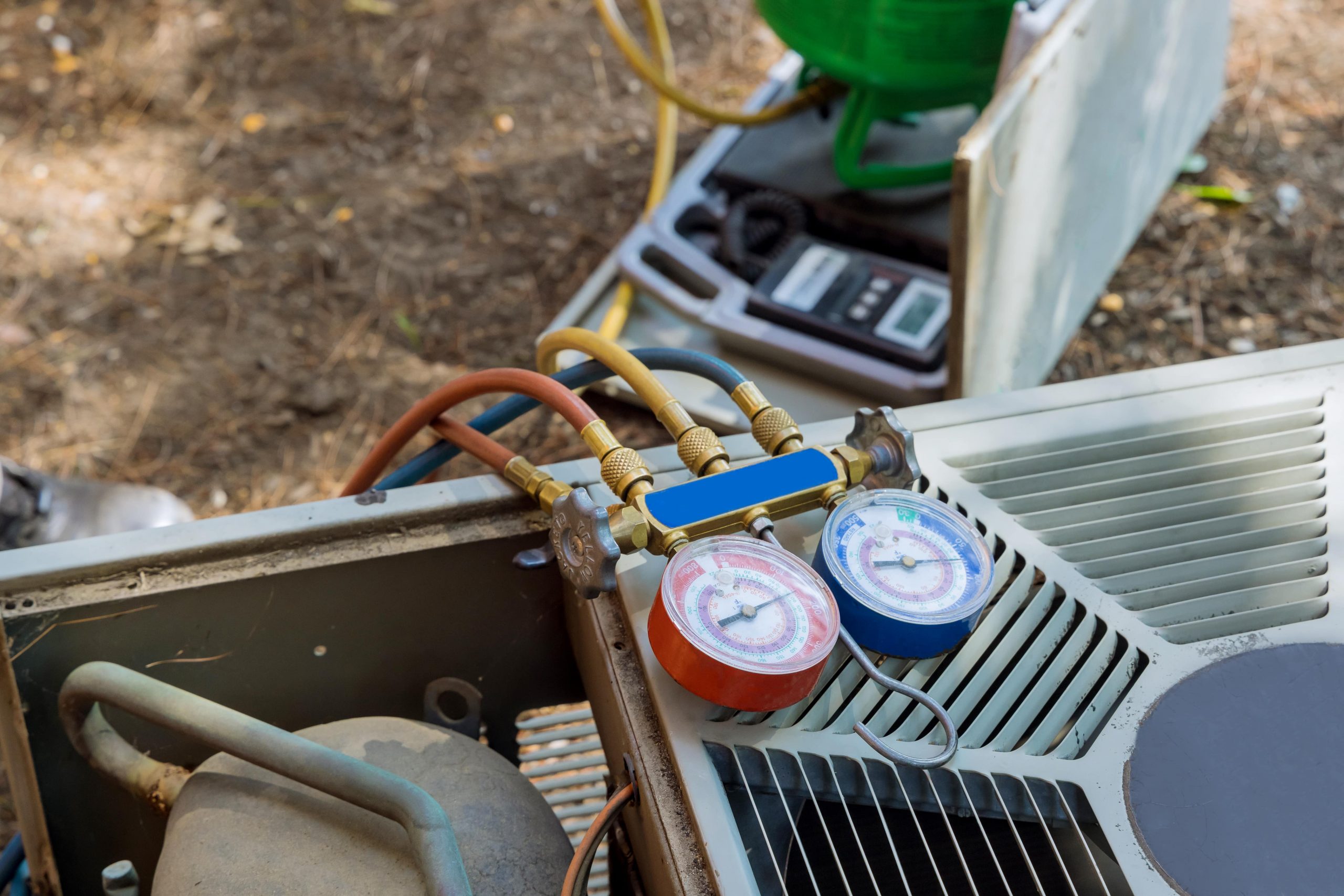 Choosing the best air condition system is likely to be daunting and overwhelming, especially for people buying for the first time. The many options available make everything confusing if you will not do not have any guidelines to guide you; thus, it is crucial to research and get some knowledge and skills on what to choose and save money. Moreover, you would want something that meets all your needs and expectations. To avoid getting confused about the many choices of AC systems available, consider reading the information below.
Choosing the best air condition system is likely to be daunting and overwhelming, especially for people buying for the first time. The many options available make everything confusing if you will not do not have any guidelines to guide you; thus, it is crucial to research and get some knowledge and skills on what to choose and save money. Moreover, you would want something that meets all your needs and expectations. To avoid getting confused about the many choices of AC systems available, consider reading the information below.
Portable air conditioners
If you have no idea, you should know that the portable air conditioning system is ideal for any home environment. Most people find them the best choice because they can provide cooling services in even small rooms and areas, meeting users’ needs. Moreover, you are required to direct the heat exhaust outside through the duct available in the unit. Therefore you will be required to access a window or any other relevant opening to facilitate this.
In addition, condensation is always collected in the air condition system units and will always be required to be emptied after every use or whenever it is filled up. Therefore, when looking for an air conditioning system, you should think the exact way you feel when using your vacuum cleaner, that it can be pulled over when the need or use arises, and it can be kept away when everything is calm around the house. People who think of continuously aching the device in use might not be having the right thoughts because it will not always be in use or remain in one fixed place.
If you get interested in buying portable AC systems, then this article has the information you require to make the best decision concerning the systems; here are some factors to consider when making choices:
Choose the highest British thermal unit rating.
It is essential to consider choosing a unit that can automatically switch itself off whenever its condensation reservoir is full. The BTU rating will guide you to knowing the features of the air condition system you are choosing for your home purposes. Ensure that the units have a washable air filter. This will enable you to reduce maintenance costs; the air filter and automatic switching off are the two most essential things you should give attention to, for they will affect performance and costs. On the other hand, features like; timers, wheels, and oscillators are as per an individual preference or even the budget they are working with.
Choose the highest HBU rating affordable.
When buying window-mounted air conditioners, ensure that they can be easily supported by your window frame or a strong window. Remember, sometimes the condensation drips can fall off the application, and thus you should ensure that it will not pose a threat to the health of your children or pets.
Be careful on the choices you make; for instance, you will require a 3-prong outlet with proximity close to that of your window to enable it to provide enough power to the unit. Another thing that deserves your attention is whether the filter can be accessed from the AC’s front, mainly if you use it as a second story application.
Ductless or mini-split air conditioners
It is a 2-piece cooling system that works like the window units, but it does not necessarily require a window, and it is tranquil when working. It is done by punching a hole in your exterior wall to let in cool air into the fan unit mounted on the hole. The condenser installed outside the slab of your home is connected to the fan unit using copper tubing. Most ductless conditioners are installed nowhere near a window with the need for cooling as the noise produced by window unit conditioners is not required in this case. If this is precisely what you have been looking for, then consider the following factors when choosing such kind units; here is what to consider:
Choose a washable air filter to enable you to reduce maintenance costs.
Focus on the PURON-based solution for the R-22 Freon is getting out of the market. The split-system central air conditioning has become the most popular in the southern US and any area whose high temperatures can extend for six months or even more. The split system solution has three main components; the compressor mounted on the slab outside your house, the condenser, and the heater installed together with your ductwork in the attic area. The ductwork serves every room in your home, while the blower doubles like a heater during the short winter seasons.
The air recirculates through your home repeatedly; then it is filtered via the return duct; where your home design was not meant to support the air conditioning and central heat solutions, then getting one fixed at your home might be expensive. Ductwork routing is tricky sometimes for the houses that were initially designed not to fit their operation. Therefore, if you would need a new central heating and air conditioning solution, consider the following:
Do not consider the size of your previous unit to estimate the size you need for a replacement unit; if you are keen, you must have noticed that most air conditioning systems installed in the US are oversized for various reasons that will be put together in another article. However, installing too big units leads to higher energy consumptions as it reduces condensation removal. Ensure that you choose professional sizes based on manual “J” standards; if you have an expert who has no idea what this means, then you should avoid them quickly.
Always replace your ducts simultaneously; remember that the older ducts might contain molds and other things that threaten human health.
Therefore, installing new ductwork will ensure that you improve performance and have a better healthy environment. Also, only consider the PURON-based systems because the Freon (R22) will be phased out.
Compare the cost systems with 16 SEER ratings or even higher against the ones with fewer SEER ratings to enable you to determine the energy tax credit best for you from the EPA. People with severe health conditions should consider going for electronic air cleaners and other low-cost accessories to ensure they are provided with clean air.
Package system air conditioners
Like the name suggests, a package system is a single unit solution equipped with all components available in the split system solution in one single unit. They are primarily available or used in office buildings where they are mounted on the roof. In various home applications, mainly the high-end homes, the application is hidden from plain sight to avoid disrupting the landscaping.
The package system is almost entirely different from the split system in that the air is channeled in from the exterior side as the heat exhaust gets pumped outside. This feature makes the package systems less energy efficient than the split systems meaning you can save a lot of energy costs and even maintenance costs with the package system through its design and functionality.
However, when looking for a package system solution, you will have the same considerations as what you will be looking for in the split system. The most significant difference is the SEER rating, where you should be choosing 14 instead of 16.
Conclusions
When shopping for Galveston air conditioning systems, you need to be keen on the features and what you want to achieve. The information above is what you need to choose the best AC based on the type you find ideal for your home.
 Buyers of ducted reverse cycle air conditioning systems want to use some temperature control unit. There are several options for this purpose. The temperature controller helps control your air conditioner maintains in the rooms. Learn more about these systems and their functions. The following information provides details of some common AC temperature control systems.
Buyers of ducted reverse cycle air conditioning systems want to use some temperature control unit. There are several options for this purpose. The temperature controller helps control your air conditioner maintains in the rooms. Learn more about these systems and their functions. The following information provides details of some common AC temperature control systems.